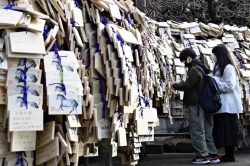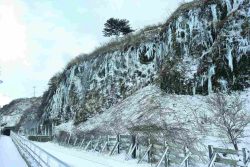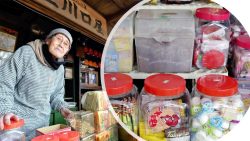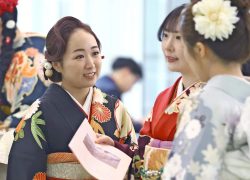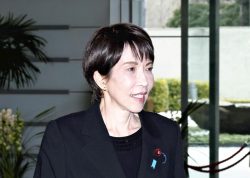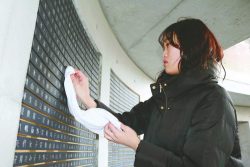Some Japan Businesses Start Charging Foreign Tourists More than Japanese, Stir Controversy
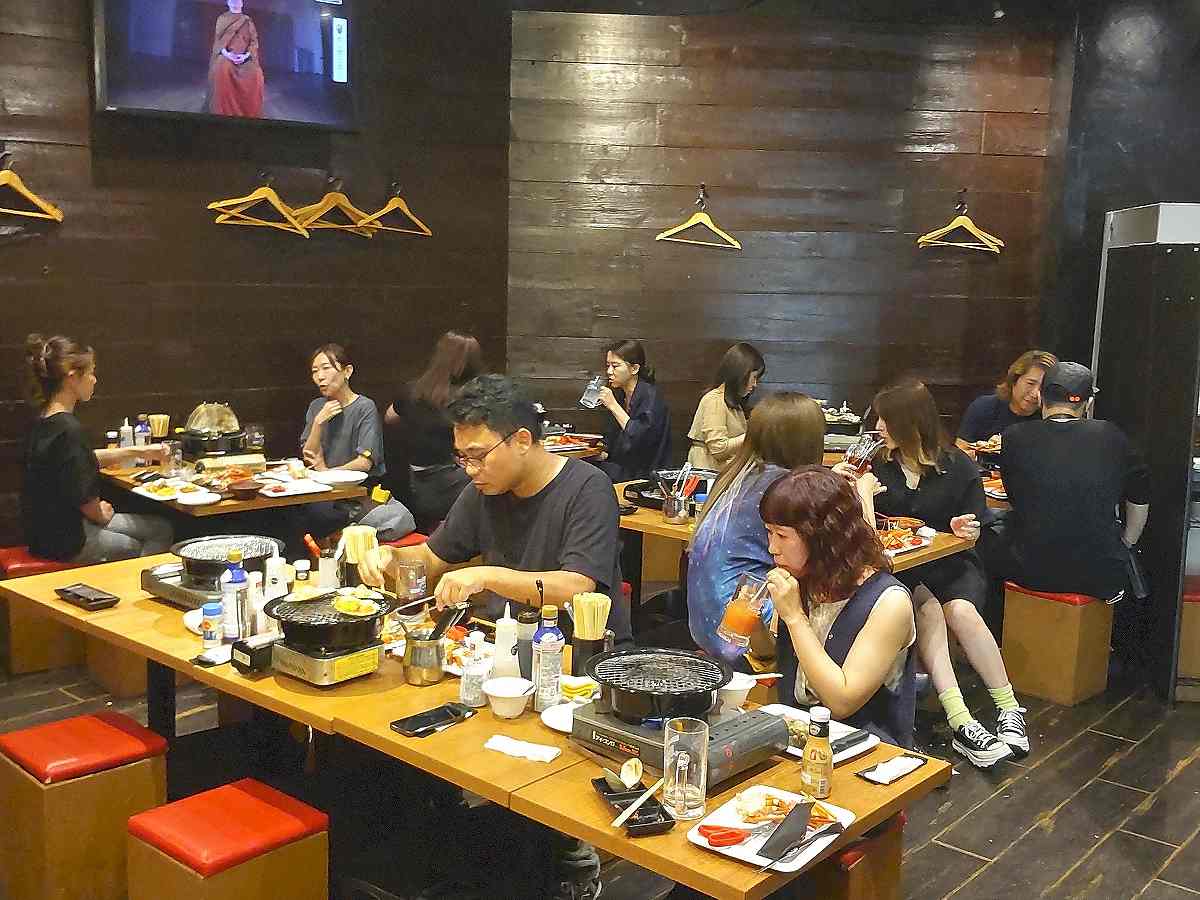
Customers, including foreign tourists from Asian countries, enjoy fresh seafood in Shibuya Ward, Tokyo, on July 11.
15:16 JST, July 26, 2024
There is a shift toward a two-tier price system, charging higher prices for foreigners than Japanese nationals and residents. As the COVID-19 crisis has eased, many tourist spots and eateries nationwide have been revitalized by the demand from inbound foreign tourists. Because of the recent historic depreciation of the yen’s value, inbound foreign tourists find shopping and services in Japan to be incredibly cheap.
Due to this, some businesses have set higher prices for foreign tourists than for domestic customers. Business experts point out that such business operators need to clarify why the different prices are set for only foreigners.
¥1,100 difference
In Shibuya Ward, Tokyo, which attracts a large number of foreign tourists, Tamatebako, a buffet-style seafood and barbecue restaurant, opened in April. A 32-year-old visitor from Taiwan recently went to the restaurant and received explanations about how to eat the food in English from a staff member, and then grilled scallops on a barbecue grill at his table and enjoyed salmon sashimi.
The restaurant offers an all-you-can-eat course of about 60 kinds of menu items, such as tuna and ikura salmon eggs, for lunch and dinner on weekdays. The prices are ¥7,678 for lunch on weekdays for male foreign tourists and ¥8,778 for dinner (including tax). For Japanese nationals and foreign residents, ¥1,100 is discounted, creating a two-tier pricing system.
The tourist from Taiwan had heard about the restaurant from a video on social media. He said, “I don’t care about the price gap, which is tiny. What I ate in Japan was delicious. The service was also good.”
Employees at the restaurant judge whether customers are foreign tourists by checking whether they are able to speak Japanese or whether they have residence cards upon entry.
Because nearly 20% of the restaurant’s customers are foreign customers, one out of four to five employees working at the restaurant at any time can speak English in order to explain to foreign customers how to select food from the buffet area and how to grill the food.
The president of the company managing the restaurant said, “Considering the rise in labor costs due to service costs and time used to serve [foreign customers], we have no other choice but to set the different prices.”
Mulling 4-fold fee hike

Many foreign tourists visit Himeji Castle in Himeji, Hyogo Prefecture, on July 3.
In last fiscal year, a record high of about 450,000 foreign tourists visited World Heritage site Himeji Castle. The Himeji city government in Hyogo Prefecture has stirred controversy by unveiling a plan to raise the admission fee, which is ¥1,000 for those age 18 or older, about fourfold for inbound foreign tourists.
On June 16, Himeji Mayor Hideyasu Kiyomoto said at an international convention held in the city, “I’m thinking of raising the fee. I’d like foreign people to pay $30 or so and Himeji residents to pay about $5.”
The mayor said the fee hike is for securing funds for management and maintenance of the castle, such as the costs of fostering workers who will inherit the skills of making and laying kawara roof tiles and shikkui plaster.
At a press conference on June 17, the mayor said, “Setting prices only for foreigners is a global standard,” asking for understanding about his plan.
Setting fees only for foreigners at famous sites or facilities is not uncommon in other countries. According to their websites and other sources, admission to the Taj Mahal in India is about ¥2,100 for foreigners, more than 20-fold higher than for Indian nationals, while the admission fee to the Louvre Museum in France is about ¥3,800 (free for those under 18), but free for European Union residents ages 18 to 25.
According to the Cultural Affairs Agency and the Consumer Affairs Agency, it is possible for owners or managers of facilities in Japan to decide whether to set two-tier pricing between Japanese and foreign nationals. But the agencies added that they do not know of public facilities which have introduced a two-tier pricing system.
Views are divided among local governments over a two-tier pricing system. Mayor Hideyuki Yokoyama of Osaka City, where Osaka Castle is located, said, “Though I don’t intend to introduce it right now, I have to consider it as an option.”
Kyoto Gov. Takatoshi Nishiwaki said at a press conference on June 27, “It is difficult to set such a price difference without a proper reason,” showing his cautious stance. Mayor Takashi Kawamura of Nagoya, where Nagoya Castle is located, said at a press conference on July 1, “Foreign people may be put off by it. I am not considering [a two-tier pricing system].”
Prof. Masafumi Tsukamoto of Daito Bunka University, an expert of tourism policy studies, said: “The fall of the yen’s value and insufficient pay hikes have made gaps in purchasing power between inbound foreign tourists and Japanese customers wider. Thus, introducing two-tier prices is a natural consequence. But the system does not fit non-profit tourist facilities run by local governments, thus local governments are required to state clear reasons why foreign nationals are subjected to two-tier pricing.”
Mitsuo Fujiyama, a research fellow at the Japan Research Institute who is an expert on the tourism economy, said: “As the government aims to lure 60 million foreign tourists in 2030, tourism facilities will shoulder more costs to make signs in foreign languages and secure guides in the future. Local communities need to broadly discuss how to cover these costs. If clear reasons for fee hikes — and what the revenues will be spent on — can be explained to foreign tourists who visit the facilities, a certain degree of price hiking can be an option.”
Related Tags
"Society" POPULAR ARTICLE
-

Tokyo Zoo Wolf Believed to Have Used Vegetation Growing on Wall to Climb, Escape; Animal Living Happily after Recapture
-

Israeli Tourists Refused Accommodation at Hotel in Japan’s Nagano Pref., Prompting Protest by Israeli Embassy and Probe by Prefecture
-

Snow Expected in Tokyo, Neighboring Prefectures from Jan. 2 Afternoon to Jan. 3; 5-Centimeter Snow Fall Expected in Hakone, Tama, and Chichibu Areas
-

JAL, ANA Cancel Flights During 3-day Holiday Weekend due to Blizzard
-
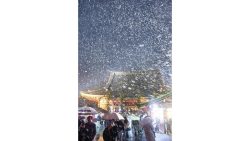
Tokyo, Yokohama Observe First Snowfall of Season; 1 Day Earlier than Average Year
JN ACCESS RANKING
-

As Chinese Tourists Shun Japan, Hotels and Stores Suffer
-

Core Inflation in Tokyo Slows in December but Stays above BOJ Target
-

Osaka-Kansai Expo’s Economic Impact Estimated at ¥3.6 Trillion, Takes Actual Visitor Numbers into Account
-

Japan Govt Adopts Measures to Curb Mega Solar Power Plant Projects Amid Environmental Concerns
-

BOJ Gov. Ueda: Highly Likely Mechanism for Rising Wages, Prices Will Be Maintained


